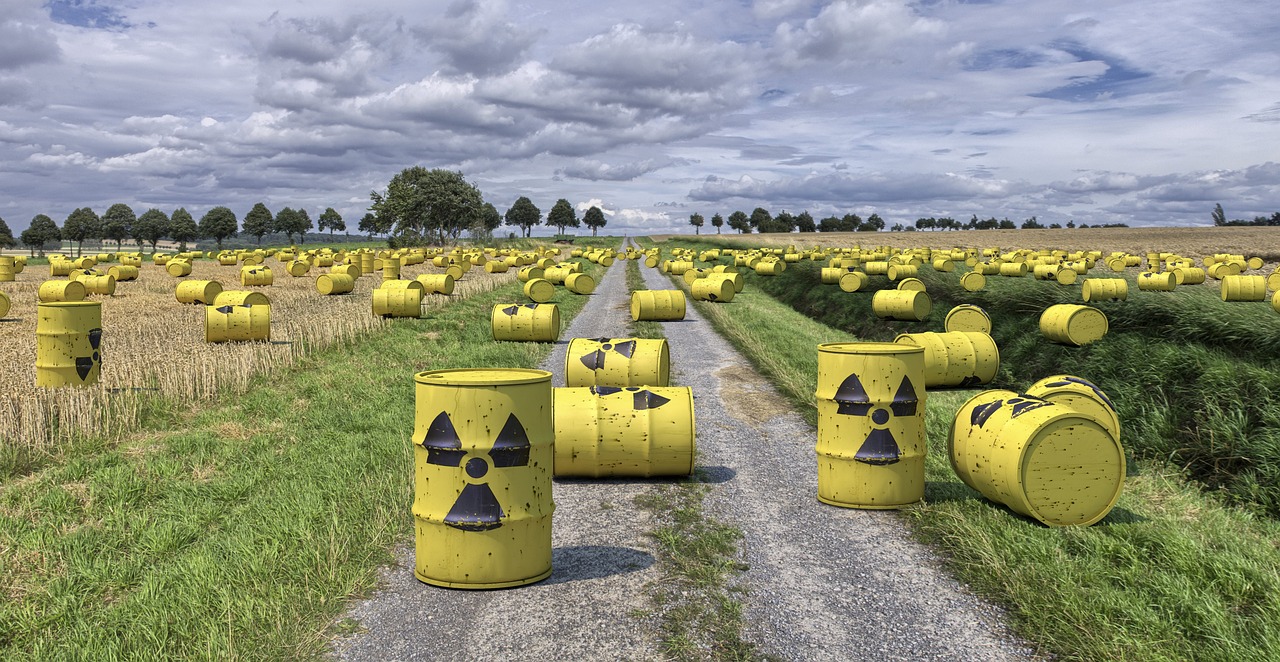Rising Tensions: Russia’s New Missile Capabilities
In a significant escalation of the ongoing conflict in Ukraine, Russian President Vladimir Putin announced that his country possesses advanced missiles “ready to be used.” This declaration follows a recent missile strike on the Ukrainian city of Dnipro, where eyewitnesses reported unusual explosions lasting for three hours. Putin’s remarks come in the wake of increased military activity on both sides, as Ukraine has begun deploying US and British missiles against Russian targets.
Putin emphasized that the newly unveiled Oreshnik missile is designed to evade interception, highlighting its hypersonic capabilities that allow it to travel at speeds ten times that of sound. He indicated plans for further testing under “combat conditions,” underlining the seriousness of this development.
Ukraine’s Call for Support
In response to these developments, Ukrainian President Volodymyr Zelensky urged global leaders to take decisive action against Russia’s aggression. He emphasized the necessity for enhanced air defense systems, specifically seeking the US Terminal High Altitude Area Defense (THAAD) or upgrades to existing Patriot systems.
Ukrainian forces have expressed concerns about their ability to counter Russian threats effectively, especially following the Dnipro attack, which officials likened to an intercontinental ballistic missile strike due to its overwhelming power.
-
Zelensky criticized Western nations for not responding adequately to Russia’s provocations.
-
Polish Prime Minister Donald Tusk warned that the conflict might be entering a critical phase with potential global ramifications.
Global Reactions and Future Implications
As tensions rise, world leaders are voicing concerns over the shifting dynamics of the war. Hungarian Prime Minister Viktor Orban advised that Western nations should take Putin’s statements seriously, given Russia’s reliance on military strength. Additionally, North Korean leader Kim Jong Un highlighted an unprecedented nuclear threat level, accusing the United States of aggressive policies.
In a strategic maneuver, US President Joe Biden authorized Ukraine to use longer-range Atacms missiles against Russian positions. This decision comes amidst fears that both nations are racing to establish battlefield advantages before potential changes in US leadership next year.
Zelensky also criticized China’s call for restraint in light of Russia’s missile developments, framing it as a contradiction given the current hostilities.
As both sides prepare for further confrontations, the international community watches closely. The evolving situation hints at a deeper entrenchment of military strategies and alliances that could redefine global security dynamics in the years ahead.


